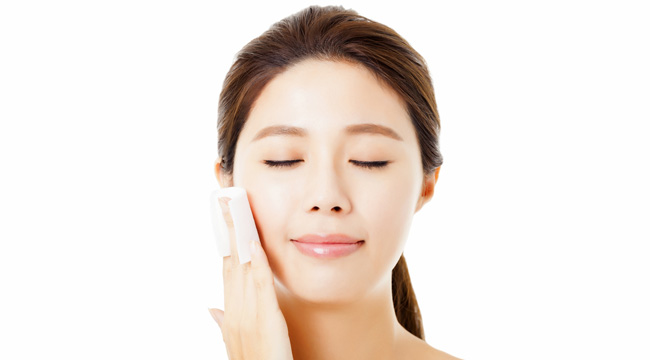What is Hyaluronic Acid?
Hyaluronic acid isn’t harsh or skin-stripping at all. In fact, it’s the exact opposite – a powerful humectant (aka moisture-binding ingredient) that keeps skin
plump and hydrated and, yes, young-looking. Hyaluronic acid is a naturally occurring polysaccharide (carbohydrate) in the human body.

Hyaluronic acid may not be the newest or flashiest ingredient out there, but it’s tried and true and seriously good for your skin. First off, don’t let the word “acid” fool you. It’s present in large amounts in the spaces between skin cells, where it provides moisture, plumpness, firmness and suppleness to the skin.
You know how a baby’s skin always looks so deliciously dewy and pillowy? It’s because babies are born with a high level of hyaluronic acid, which keeps their skin plump and smooth. The amount of hyaluronic acid in skin diminishes with age, most significantly after age 40.
Unfortunately, as we age our body’s hyaluronic acid production decreases and our skin begins to form wrinkles. In order to compensate for this natural loss, hyaluronic acid must be replaced. Therefore, hyaluronic acid is widely used in aesthetic medicine in the form of “fillers”.
While you’re never going to get back that perfectly dewy baby-skin, it is possible to help restore the skin’s hyaluronic acid content and give grown-up skin a younger, fresher, more supple look. One way to do it is through hyaluronic acid fillers, which a doctor injects directly into sunken or wrinkled areas to plump them up.
The other way to help plump up skin is to use a serum or moisturizer that contains hyaluronic acid. While it won’t give you the dramatic, instantaneous results that a hyaluronic acid filler can, you will see benefits in the form of softer, smoother and more hydrated skin.
Since hyaluronic acid is a very large molecule with a high molecular weight, it cannot easily penetrate the skin (Stratum Corneum, SC) and must be injected. This expensive and at times, uncomfortable experience, can last 3 to 6 months and sometimes longer depending on the injection technique, hyaluronic acid type and quality injected, and on individual skin type and requirements.
As an alternative to injections, the SC can easily and safely be “opened” and penetrated by micro-needles. The hyaluronic acid can then easily diffuse into the deeper skin layers. Of course, the longer the needles the deeper it can be deposited, however, hyaluronic acid settles at depth of 0.5 to 0.6 mm below the epidermis.
When applied topically, it increases hydration, improves elasticity and also reverses free radical damage, so it may have some benefit in protecting from UV damage. Bonus? Hyaluronic acid is one ingredient that works across the board! Every skin type, even oily, can benefit.
Look for hyaluronic acid serums and apply one alone if you have oily skin or under moisturizer if you have dry skin.
